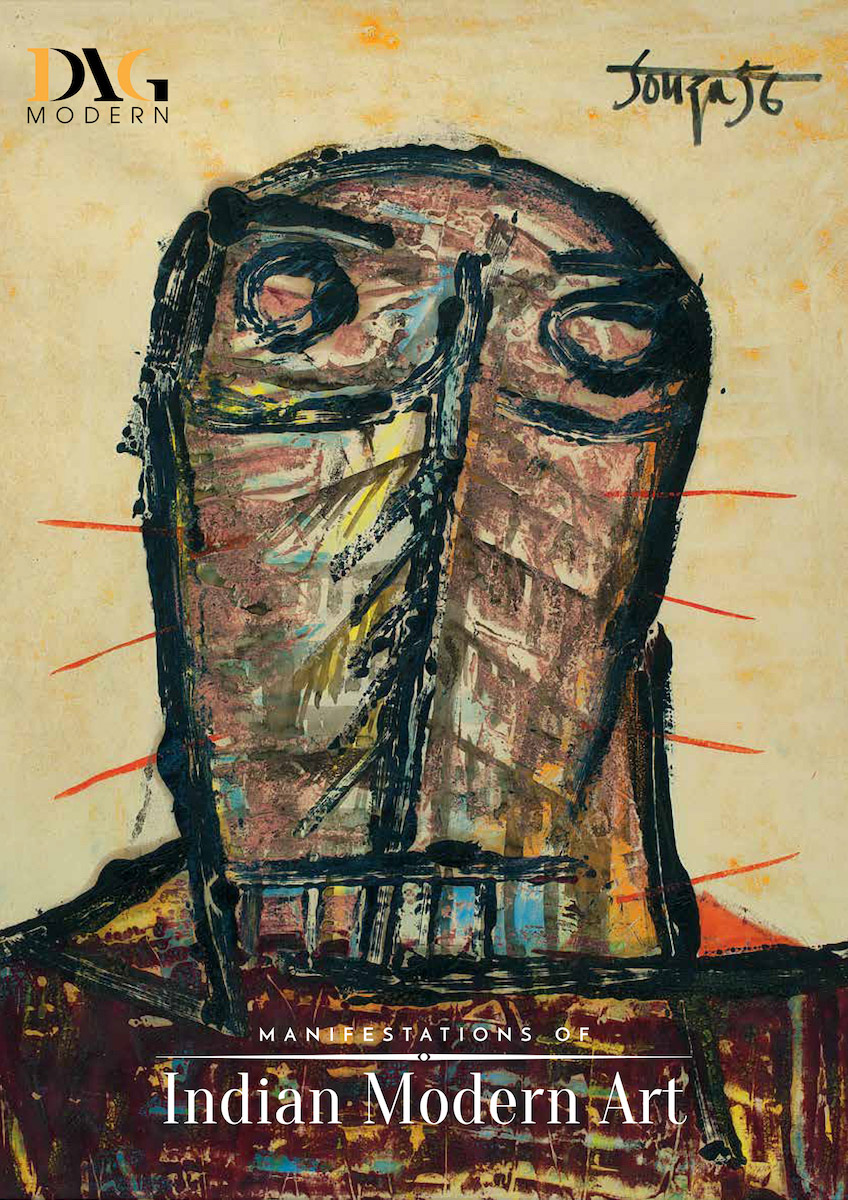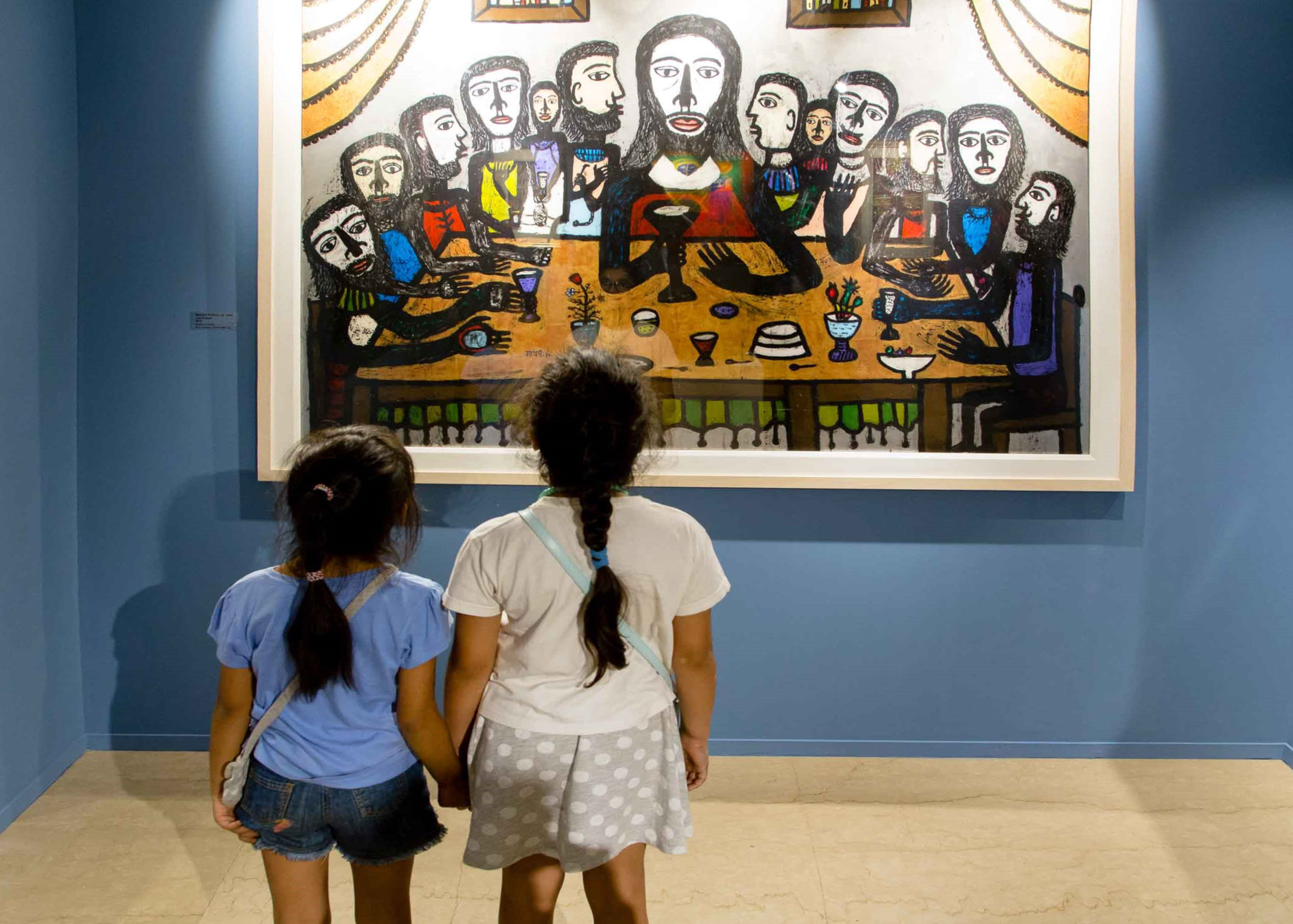India’s vibrant art ateliers up till the 18th century had absorbed foreign influences but had developed indigenously, largely in the form of miniature paintings on paper, and as localised folk styles. The arrival of the European landscape artist changed all that, with their realistic works that used elements such as depth and perspective on large canvases painted with oil.
Indian artists began to teach themselves to paint in this foreign medium from the 19th century onwards, led by Raja Ravi Varma, and it wasn’t long before the British set up art schools to train Indian artists to paint in the academic or realistic style based on Western precepts.
But artists could hardly stay outside the ambit of a society that was questioning colonial imperialism in all its aspects, and by the end of the 19th and start of the 20th centuries, the imperial capital, Calcutta, became the fountainhead for a nationalist struggle that saw artists reclaiming their Indian heritage. This led to the first art movement in the country, the revivalist Bengal School led by stalwarts such as Abanindranath Tagore, Nandalal Bose and Kshitindranath Majumdar.
Critics have been divided whether revivalism is a stand-in for modernism, though its breakout under the Santiniketan School of expressionism and, particularly, the works of Ramkinkar Baij, or Benode Behari Mukherjee, the folk style of Jamini Roy, or indeed, the bold, mordant art of Nobel laureate Rabindranath Tagore, suggests a case for modernism that was organically born. Earlier, the Paris-educated, half-Hungarian Amrita Sher-Gil had made a case for Indian modernism with a palette and style that had its roots in the miniature tradition.
Elsewhere, in Bombay, the Progressive Artists’ Group with its strident Western approach and absence of ideology marked a significant departure from existing art styles in India, in 1947. This would become a marker for artists, among whom F. N. Souza, S. H. Raza and M. F. Husain were the most vociferous, while others such as Tyeb Mehta, Akbar Padamsee, Ram Kumar, Krishen Khanna and V. S. Gaitonde played a significant role in the creation of a bolder vocabulary for Indian art.
If the 20th century was marked by the establishment of the artists’ commune of Cholamandal outside Madras led by J. Sultan Ali on the one hand, on the other, New Delhi emerged as a hub for a more eclectic group of artists such as J. Swaminathan, or G. R. Santosh, while Baroda, in Gujarat, came to be known for an eponymous style that engaged closely with social issues around it. Indian artists living and working overseas also made their mark.
By the end of the century, however, the scene was changing, and infrastructure—following the economic reforms in 1991—began to improve, creating an interest in collecting art. Twentieth century Indian modern art has since been at the forefront of collecting and investing in Indian art, and DAG, which has the largest private collection of Indian art has a marked focus on this period of Indian art.













